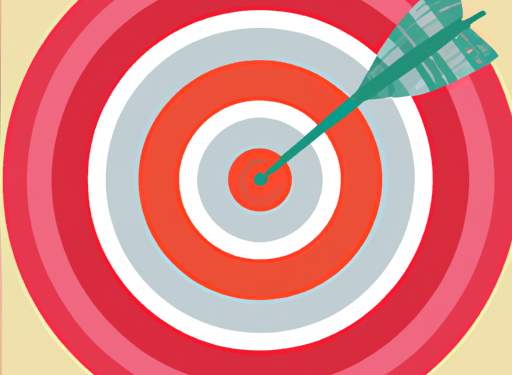Creating a budget is a necessary step for maintaining financial stability and managing your money efficiently. A budget helps you prioritize spending and monitor your progress towards financial goals. It also allows you to track your income and expenses so you can make changes to your spending habits if needed. This guide is designed to help you create a budget that works for you and your lifestyle.
Get an Accurate Picture of Your Finances
The first step to creating a budget is to get an accurate picture of your current financial situation. Start by gathering all your financial documents, such as bank statements, credit card statements, and investment accounts. Once you have all the information, create a spreadsheet to track your income, expenses, and savings. It’s important to be honest with yourself and account for all your spending, even the small things like your daily cup of coffee. This will give you an accurate picture of your finances and help you create a budget that works for you.
First off, you need to know what is important to you, so that you can structure your budget around your needs and wants. This includes everything from your daily necessities to what’s in the bank that you may need to draw from at a later time. A useful tool for tracking your finances is a spreadsheet of either Excel or Google Sheets. You can track everything from your income, expenses, and savings.

Set Goals and Prioritize
Once you have an accurate picture of your finances, it’s time to set goals and prioritize your spending. Think about what your financial goals are and how much money you need to save each month to reach those goals. Once you have a goal in mind, it’s time to prioritize your spending. Start by creating a list of essential expenses, such as rent, utilities, food, and transportation. Then, create a list of non-essential expenses, such as entertainment, clothing, and dining out. This will help you determine which expenses are most important and should be prioritized in your budget.
Goals can be very diverse, but ultimately is whatever you want to achieve. Your goal could be a short-term, mid-term, or long-term. For example, if you wanted to purchase a car in a year, your goal would be whatever you deem the car to be worth, therefore you would need to save the equivalent of a monthly car payment, which you probably tried to determine as an educated guess. To ensure that you reach your goals and meet your needs, you would want to prioritize your needs over your wants so that you can utilize your budget more effectively.

Develop a System That Works for You
Now that you’ve gathered all your financial information, set goals, and prioritized your spending, it’s time to develop a system that works for you. Start by creating a budget based on your income and expenses. This budget should include all your essential expenses, as well as money for savings and non-essential expenses. Make sure to include a “miscellaneous” category for unexpected expenses. Once your budget is created, it’s important to stick to it and make adjustments as needed.

Monitor and Adjust
The final step to creating a budget that works for you is to monitor and adjust your budget as needed. Keep track of your spending and compare it to your budget on a regular basis. If you’re spending more than you should, make adjustments to your budget to bring it back in line. You may need to cut back on non-essential expenses or look for ways to save money on essential expenses. Don’t be afraid to make changes to your budget as needed.
Creating a budget that works for you takes time and effort, but it can be well worth it in the long run. By taking the time to get an accurate picture of your finances, set goals, prioritize spending, and monitor your progress, you can create a budget that helps you reach your financial goals. With the right system in place, you can manage your money efficiently and be on your way to financial stability.


